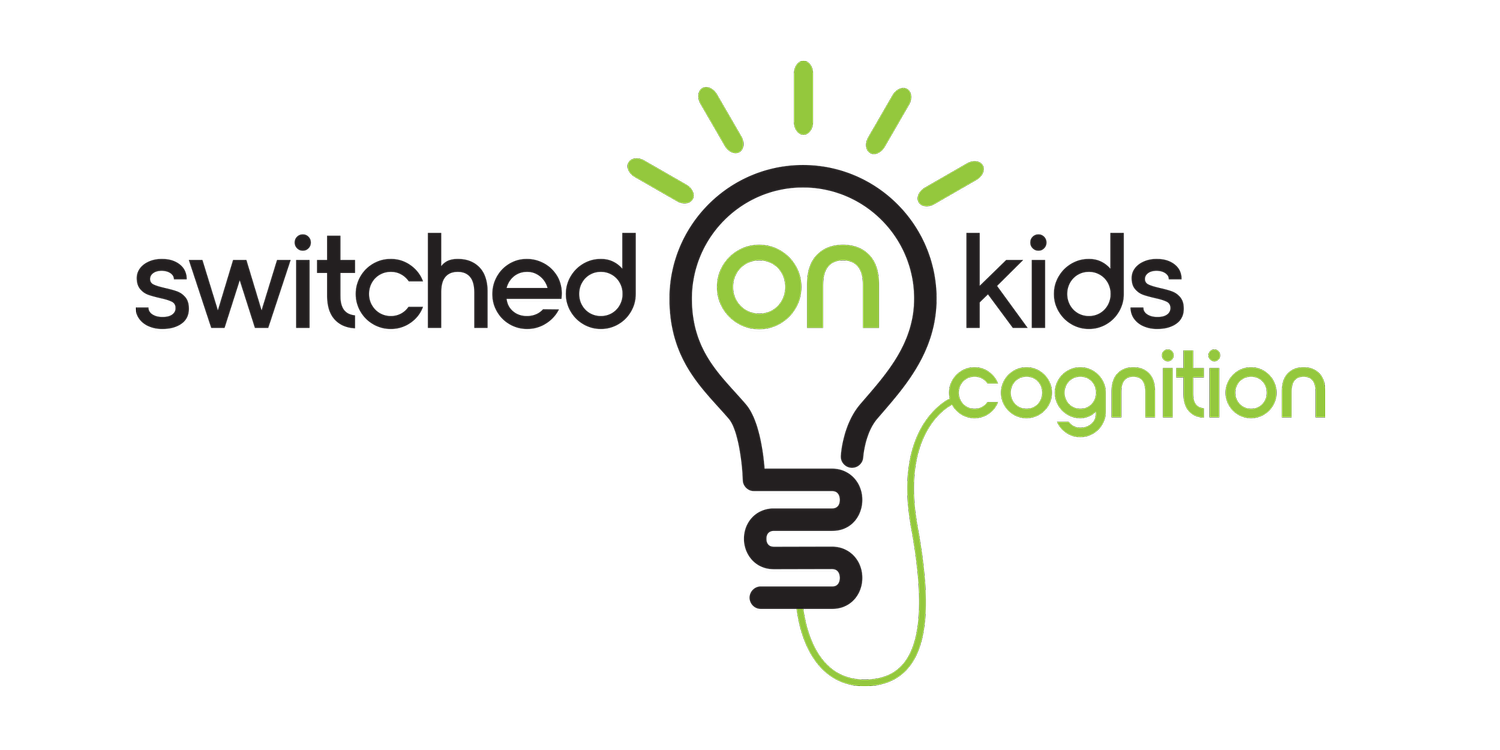Are our kids okay?
Australian population-wide statistics on mental health in children are not regularly updated. However, we have plenty of statistical evidence that shows that mental health conditions are not uncommon in children. An Australian survey in 2015 found that half of all the mental health conditions that we will experience over our lives will be present by the age of 14. The Second Australian Child and Adolescent Survey of Mental Health and Wellbeing (Young Minds Matter, 2015) found that one in seven children, or 14% of Australian kids (aged 4-17) had at least one mental health condition in the year before the study. Many children had more than one diagnosis. In terms of numbers, the data suggest that around 560,000 Aussie kids have a diagnosed mental health disorder. The study found that 6.9% of Australian children are affected by an anxiety disorder. Anxiety is an umbrella term that includes generalised anxiety disorder, social phobia, separation anxiety disorder and obsessive-compulsive disorder (OCD). The data reported a prevalence rate of 5.4% for ADHD and 2.8% for major depressive disorder in Australian children. Statistics from 2018 suggest that ADHD has a 6-10% prevalence rate in Australian children (Sawyer et al., 2018).
Last week (Nov 29, 2022) the Australian Psychological Society (APS) released the results of a survey they conducted on the psychological health and wellbeing of Australian children and adolescents. They interviewed over 1,000 psychologists and reported a “shocking increase” in mental illness in children aged 18 months to 18 years, compared to two years ago.
To summarise, the data showed that over the last two years, psychologists reported:
A sharp increase in separation anxiety disorder, generalised anxiety disorder, ASD, and ADHD in children aged 18 months to 5 years.
A sharp increase in social anxiety disorder, ADHD, difficulties in peer relationships, learning concerns, and problematic screen use in children aged 6-12.
High increases in depression, social anxiety disorder, general anxiety disorder, peer relationship difficulties, suicidality, or self-harm in the oldest age group (13-18 years).
So, what is a parent to do? I feel we can either be alarmed by these statistics, OR we use them to educate, empower, and inform us. When we consider these statistics in context, we are provided with some valuable clues. This means that a knowledgeable, educated, and informed parent need not be alarmed. We know the power of early intervention and support and there are numerous things we can do to support our kids both at home and at school.
Awareness of childhood mental health conditions and early intervention/support is key. Does it mean we all need to race to a GP for a mental health care plan (MHCP) so that our child can be prescribed medication or sent to a psychologist ASAP? Not necessarily. In many cases, caring, knowledgeable parents can provide many of the tools, support, and strategies that their child needs.
We do need to proceed with some caution in medicalising mental health issues in our children. If you have read this far, you are a parent who is already educating themselves, looking for information, and ready to help and support their child. Many conditions have been traditionally underdiagnosed, however not all human behaviours need a medical solution. Anxiety is one example. Our brains are wired to experience some anxiety. Without it we would not survive. It is about having tools to recognise when it gets out of hand and knowing the best strategies to manage anxiety from an early age.
The APS does acknowledge the effects of COVID-19. The youngest group (18 months to 5 years) showed a significant increase in separation anxiety. This makes sense. These kids were the babies of COVID-19 lockdowns. My two boys were taken everywhere during infancy and early childhood, and we had friends and family continually in our home. The 2020 toddler was at home ALL THE TIME. Kids develop social confidence out in the world. The pandemic took this from these children during a crucial time in their development. Similarly, with older kids and teenagers. Lockdown took them away from their friends and onto screens. Social skills are learned skills and so we see a post-pandemic increase in difficulties relating to peers and problematic screen use. Our older kids also remember the effects of natural disasters (fires, floods). Young children process these events differently. I remember the continued smoke, ash, and embers from 2019-2020 and my six-year-old asking me if the house had burned down while he was at school (despite my numerous, careful explanations of the low risk).
To me the latest statistics show the importance of home and social environment. Our kids are wired to be social. They are not wired to be with their parents or on a screen all day. So as scary as these statistics may seem, they do provide us with some clues to help our kids. A few examples include:
Choose meaningful social connections, play dates, walks with friends, and small group activities.
Help and support your child to connect with friends.
Ensure a slow and gradual return to activities that might be overwhelming for a child.
Choose “green time” over screen time. Being outdoors in nature provides a powerful boost to mental health (I have loads of resources on managing kids and screen time).
Hundreds of studies have found that exercise boosts focus, is a powerful anti-depressant, decreases anxiety, and even wards off cognitive decline in the elderly (and it is free!)
Put on your oxygen mask before attempting to help your child. Self-care for parents/caregivers is vital.
Remember, the skills we need to regulate emotions take a long time to develop. Kids will not learn to regulate emotions unless they feel safe and learn to co-regulate with a parent/caregiver who also feels safe.
If your child has experienced trauma, please seek professional help. Trauma affects the nervous system and can have a ripple effect across our lives.
Say no to overwhelm. Make 2023 the year that you say no and decrease the number of activities on the schedule.
Strategies that can be used by the entire family are very helpful (e.g., mindfulness exercises, sleep routines, ways to connect).
Think outside the square, consider counsellors and other allied health professionals or services that will work well with your family.
Avoid focusing only on “deficit”. What will work best for your child? Tutoring/therapy versus art class, horse riding, surf school, karate?
If your child has a diagnosis, take a pause. Consider where to start, my advice is slowly, at the bottom, simple and practical.
Co-occurring conditions can be overwhelming. Here is what it may look like: ADHDASDTicsOCDSPDDLDAnxiety. But what do you need to work on? Is it friendships? Executive function skills? Organisation? These can all be addressed in practical ways.
Talk to your kids about how they are feeling. Ask them how they “feel” anxiety (note, “sore tummy” is often mentioned here).
My 10-week Executive Functions and Emotion Regulation Skills Course is not for kids. It is for parents who wish to learn how to use a “bottom-up” approach to understand problems and who want information and practical strategies to use in the home. Do note, that I tend to work more with parents/caregivers and from the perspective of a family dynamic. I aim to empower parents with the tools they need to help their kids. For more information, please see Our course
And always, trust your instinct. If you need further help, please reach out or contact a trusted health professional for an appropriate referral. To learn more about my 1:1 services please see COUNSELLING.
References
November 29 – Survey of Australian Psychologists
Aussie kids’ mental health and wellbeing | APS (psychology.org.au)
Young Minds Matter: Lawrence D, Johnson S, Hafekost J, Boterhoven De Haan K, Sawyer M, Ainley J, Zubrick SR (2015) The Mental Health of Children and Adolescents. Report on the second Australian Child and Adolescent Survey of Mental Health and Wellbeing. Department of Health, Canberra.
Sawyer, M. G. et al. (2018). Has the prevalence of child and adolescent mental disorders in Australia changed between 1998 and 2013 to 2014? Journal of the American Academy of Child & Adolescent Psychiatry, 57(5), 343-350. e345.


